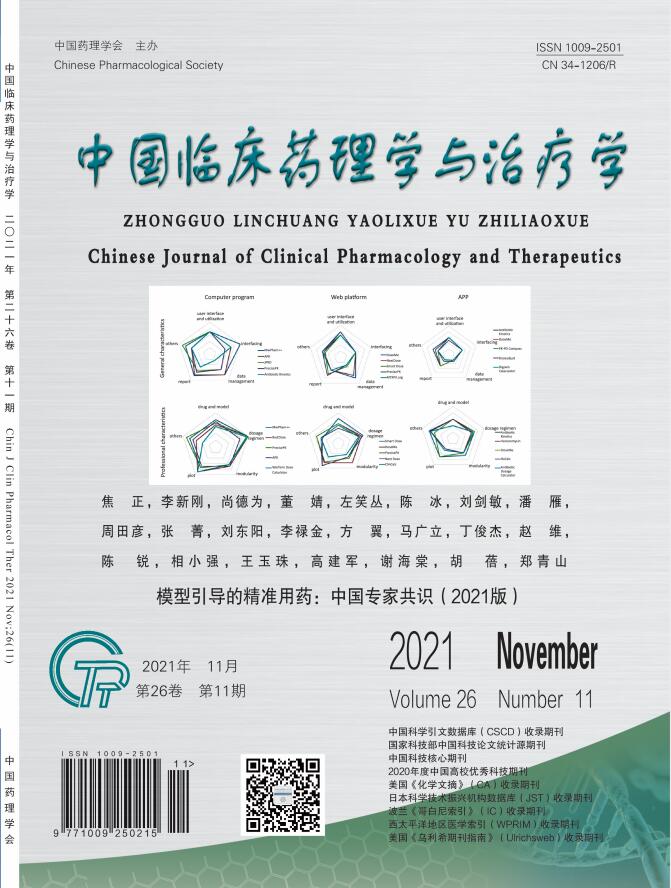Protective effect and mechanism of lycium barbarum polysaccharides on diabetic renal injury
ZHANG Na, TANG Futian
2021, 26(11):
1237-1243.
doi:10.12092/j.issn.1009-2501.2021.11.003
 Asbtract
(
510 )
Asbtract
(
510 )
 PDF (3729KB)
(
254
)
Related Articles |
Metrics
PDF (3729KB)
(
254
)
Related Articles |
Metrics
AIM: To study the protective effect and mechanism of Lycium barbarum polysaccharide (LBP) on diabetic kidney injury in rats. METHODS: Intraperitoneal injection of streptozotocin (STZ) to establish a rat model of diabetes (DM). The rats were divided into control group, diabetes group, LBP (60 mg/kg) group and LBP (30 mg/kg) group. The LBP group was given LBP by gavage once a day for 12 weeks. Determination of rat fasting blood glucose level, blood creatinine (Scr), urea nitrogen (BUN), C-reactive protein (CRP), tumor necrosis factor-α (TNF-α), interleukin-6 (IL-6) content. Calculate relative kidney mass, observe changes in kidney tissue morphology, and determine superoxide dismutase (SOD), catalase (CAT), glutathione peroxidase (GSH-Px) activity, and glutathione (GSH) in kidney tissue, malondialdehyde (MDA) content, nuclear factor-кB (NF-кB) subunit p65, intercellular adhesion molecule-1 (ICAM-1) andmonocyte chemotactic protein-1 (MCP-1) expression. RESULTS: Compared with the control group, the blood glucose of rats in the diabetic group was significantly increased (≥16.7 mmol/L), the content of Scr, BUN, CRP, IL-6, and TNF-α in the serum increased, the content of MDA in the kidney tissue increased, and the content of GSH increased And GSH-Px, CAT, SOD activity decreased, NF-кB subunit p65, MCP-1 and ICAM-1 expression levels increased. Compared with the diabetes group, LBP can reduce blood glucose in diabetic rats, reduce the serum levels of Scr, BUN, CRP, IL-6, and TNF-α, reduce the content of MDA in kidney tissue, increase the content of GSH, GSH-Px, CAT, SOD, and down-regulate the expression levels of NF-кB subunit p65, MCP-1 and ICAM-1. CONCLUSION: LBP has a significant protective effect on diabetic kidney injury, and its mechanism of action may be related to the improvement of blood glucose, reduction of renal oxidative stress and reduction of inflammatory reaction in diabetic rats.


